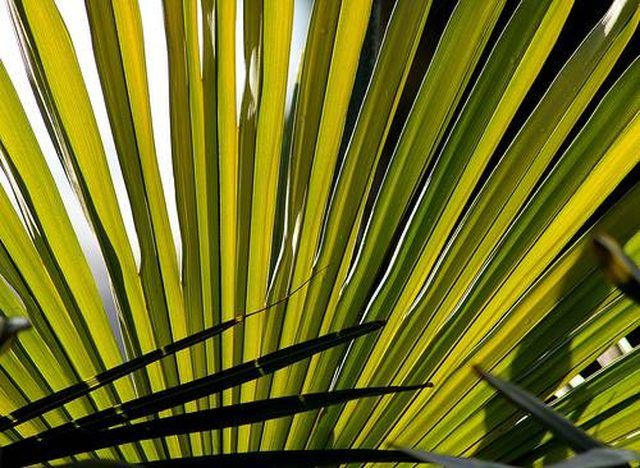Bulbs
Flower Basics
Flower Beds & Specialty Gardens
Flower Garden
Garden Furniture
Garden Gnomes
Garden Seeds
Garden Sheds
Garden Statues
Garden Tools & Supplies
Gardening Basics
Green & Organic
Groundcovers & Vines
Growing Annuals
Growing Basil
Growing Beans
Growing Berries
Growing Blueberries
Growing Cactus
Growing Corn
Growing Cotton
Growing Edibles
Growing Flowers
Growing Garlic
Growing Grapes
Growing Grass
Growing Herbs
Growing Jasmine
Growing Mint
Growing Mushrooms
Orchids
Growing Peanuts
Growing Perennials
Growing Plants
Growing Rosemary
Growing Roses
Growing Strawberries
Growing Sunflowers
Growing Thyme
Growing Tomatoes
Growing Tulips
Growing Vegetables
Herb Basics
Herb Garden
Indoor Growing
Landscaping Basics
Landscaping Patios
Landscaping Plants
Landscaping Shrubs
Landscaping Trees
Landscaping Walks & Pathways
Lawn Basics
Lawn Maintenance
Lawn Mowers
Lawn Ornaments
Lawn Planting
Lawn Tools
Outdoor Growing
Overall Landscape Planning
Pests, Weeds & Problems
Plant Basics
Rock Garden
Rose Garden
Shrubs
Soil
Specialty Gardens
Trees
Vegetable Garden
Yard Maintenance
How to Grow Palm Trees in Canada
How to Grow Palm Trees in Canada. Canada has proven to be an acceptable growing location for Windmill and Palmetto Palm trees. These types of trees are cold hardy and grow best in lower temperatures. The Windmill Palm tree is grown as far north as British Columbia in Canada. They thrive in cool, moist weather. Most palm trees are not hardy and...

Canada has proven to be an acceptable growing location for Windmill and Palmetto Palm trees. These types of trees are cold hardy and grow best in lower temperatures. The Windmill Palm tree is grown as far north as British Columbia in Canada. They thrive in cool, moist weather. Most palm trees are not hardy and cannot withstand freezing temperatures, so make sure to choose the right palm tree to grow in Canada.
Things You'll Need
Shovel
Gloves
Hardy palm tree (Windmill)
Organic mulch
Bubbler
Fertilizer
Choose a time of the year when the soil temperature is at least 65 degrees F. Growing your palm tree in the warmer months of Canada provides the best results.
Dig a hole in the soil twice as wide as the palm tree root ball. The hole must only be as deep as the original tree was planted. Planting the tree deeper can deprive the roots of proper water and nutrients. Place the freshly dug soil back in the hole.
Build up a soil barrier around the tree to act as a damn for holding in water. Lay a 3-inch layer of organic mulch around the tree. You can make a mulch yourself, or purchase a bag at any home and garden store.
Daily water your newly planted palm tree for the first two weeks. Taper off to every other day over the next 3 months. A bubbler or a slow-leak hose are ideal for distributing regular amounts of water to your palm tree. Do not let the soil dry out.
Add into the soil a good palm tree fertilizer. Palm trees are susceptible to certain nutrient deficiencies even in Canada. Make sure the palm tree fertilizer is made for palms and has varying ratios of manganese, potassium, magnesium, nitrogen and iron.
Tips & Warnings
In order to maintain healthy palm trees, it is important to contribute mycorrhizal fungi, and a specialized palm tree fertilizer, to the soil.
When transporting your palm tree from the nursery to your yard, be careful not to damage the bark leaving the palm tree open to insects and fungus.